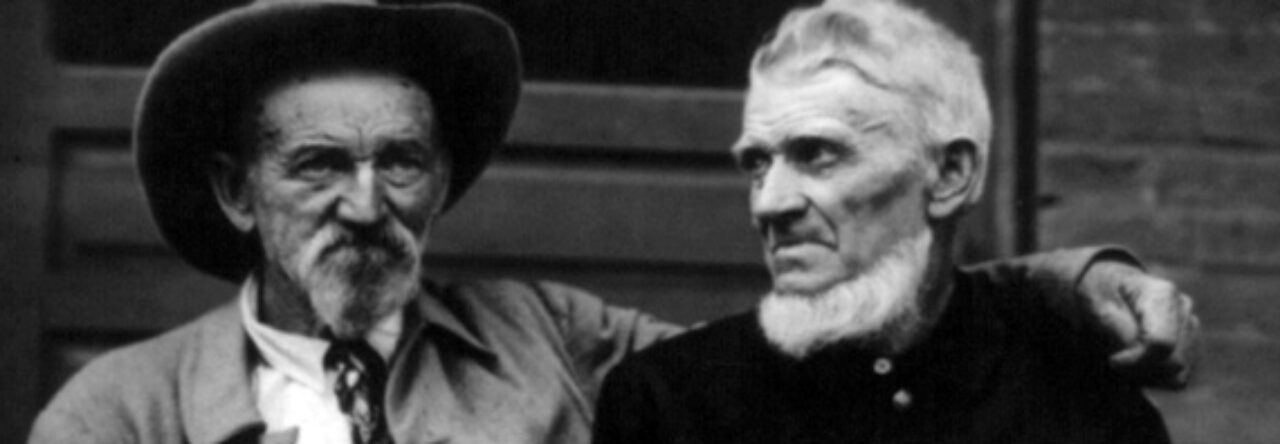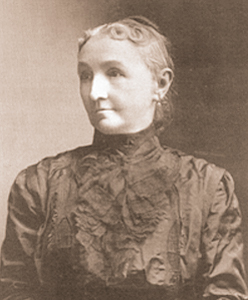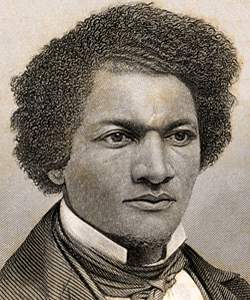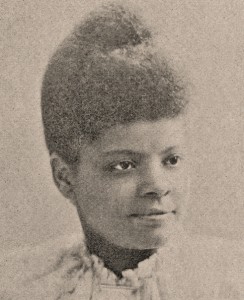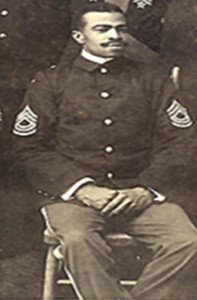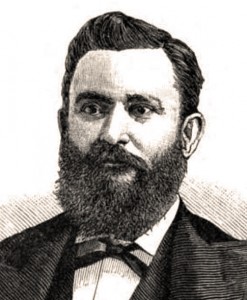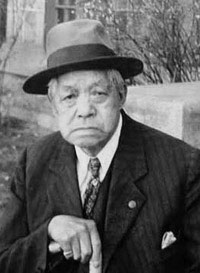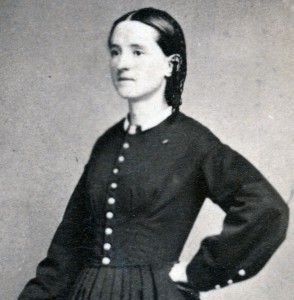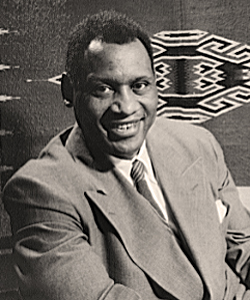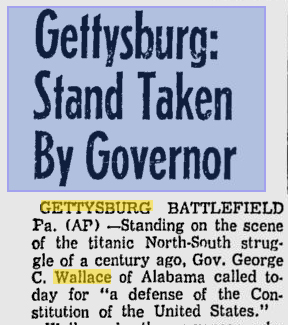 Narrative
Narrative
Winchester, Virginia in the Shenandoah Valley was arguably the most contested town of the Civil War. Depending on how you count, the community changed hands over seventy times during four years. Thomas “Stonewall” Jackson became a hero at Winchester at a major battle in 1862. The town was also part of the Gettysburg Campaign in 1863. And in the fall of 1864, Union General Philip Sheridan won a bloody but brutally effective victory there that contributed to Lincoln’s reelection effort. Winchester offers a dramatic window into the sacrifices of southern families during the war. Secretary of State William Seward visited in 1862 during a period of Union occupation and reportedly said: “”the men are all in the army, & the women are the devils.” Several women kept diaries, wrote remarkable letters or crafted post-war reminiscences. One of the best hybrid collections (part-diary/ part-recollection) comes from Cornelia Peake McDonald who wrote with great talent and behaved with outrageous defiance. In 1863, McDonald sent a sarcastic Valentine’s Day card to Union General Robert H. Milroy during the period when he was heading the occupation. He never discovered the culprit. She later fled Winchester following the Confederate defeat at Gettysburg and became widowed in 1864 when her husband (serving in the army) died from disease. She lived until 1909 but never remarried.
Life & Family
You can find information on McDonald’s family history on page 10 of of this PDF document. A list of McDonald’s children appears on page 10 and 11 of that PDF document. You can also find it in Gwin’s book (See the Appendix on page 273).
Sources
A key primary source is the diary edited by Minrose C. Gwin – A Woman’s Civil War: A Diary, with Reminiscences of the War, from March 1862 (2003). McDonald discussed the challenges of raising children during the war in a number of diary entries. After her son was arrested on the suspicion of throwing a snowball at a Union officer, McDonald noted in her diary on March 17, 1863 that “I have to be constantly on the watch for fear of my boys doing something to provoke the persecution of the Yankees.” Other selected entries in House Divided include September 26, 1862 ; October 13, 1862 ; December 26, 1862 ; January 20, 1863 ; May 15, 1863. Earlier versions of the diary are available. In 1875 McDonald put together an edition titled A Diary with Reminiscences of the War, From March 1862. In addition, Cornelia’s son Hunter McDonald published an edition in 1935 – A Diary with Reminiscences of the War and Refugee Life in the Shenandoah Valley, 1860- 1865. (You can find more information about the 1935 edition here). McDonald’s also created a scrapbook, which included both text and artwork. “McDonald’s handwriting is flawless and always legible,” as Gwin describes. Gwin notes in footnote 2 on page 275 that the McDonald family of Nashville, Tennessee has the scrapbook in their private collection. In addition, the Jasper County Public Library in Rensselaer, Indiana has the original parody Valentine drawing that McDonald sent to Robert H. Milroy in February 1863.
Other secondary sources related to McDonald’s diary include Margaretta Barton Colt’s Defend the Valley: A Shenandoah Family in the Civil War (1994), Michael Mahon’s Winchester Divided: The Civil War Diaries of Julia Chase & Laura Lee (2002), Sheila R. Phipps’ Genteel Rebel: The Life of Mary Greenhow Lee (2004), Jonathan Noyalas’ My Will Is Absolute Law: A Biography of Union General Robert H. Milroy (2006), Richard R. Duncan’s Beleaguered Winchester: A Virginia Community at War, 1861–1865 (2007). The online Encyclopedia Virginia also has an entry on “Winchester During the Civil War”.
Places to Visit
In Winchester, Virginia you can visit the Winchester-Frederick County Historical Society and the Museum of the Shenandoah Valley. McDonald is buried in Hollywood Cemetery, which is located in Richmond, Virginia.
Images
Minrose Gwin included three photographs in the 2003 edition of McDonald’s diary: Cornelia McDonald & her children in 1870, another family picture from in 1883, and McDonald’s house in 1914. McDonald’s profile on House Divided also has other images, such as McDonald’s home in Winchester circa 1900, William N. McDonald, and Angus W. McDonald.
